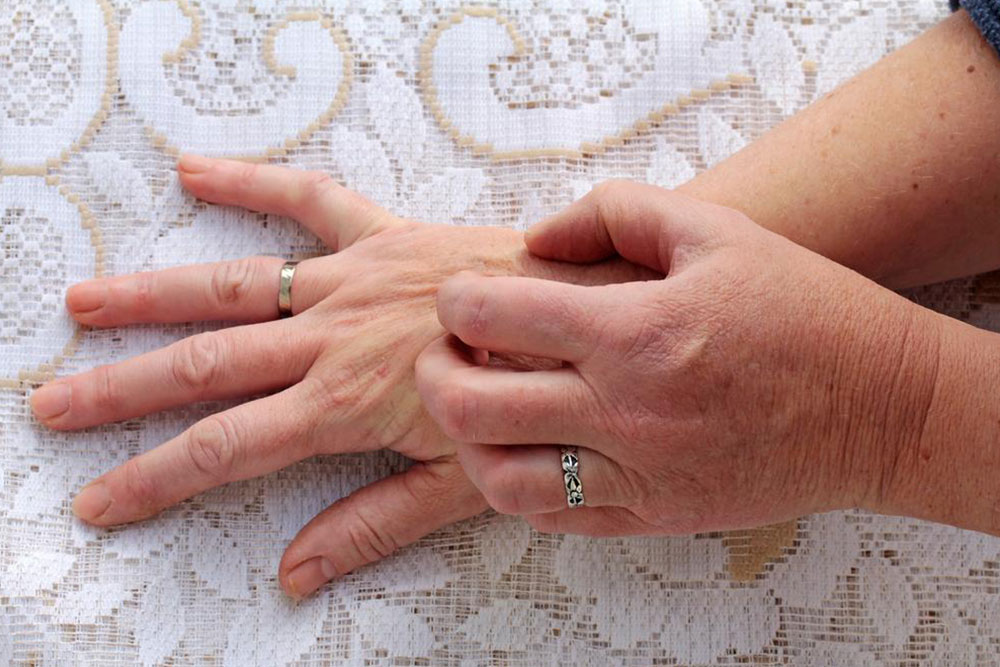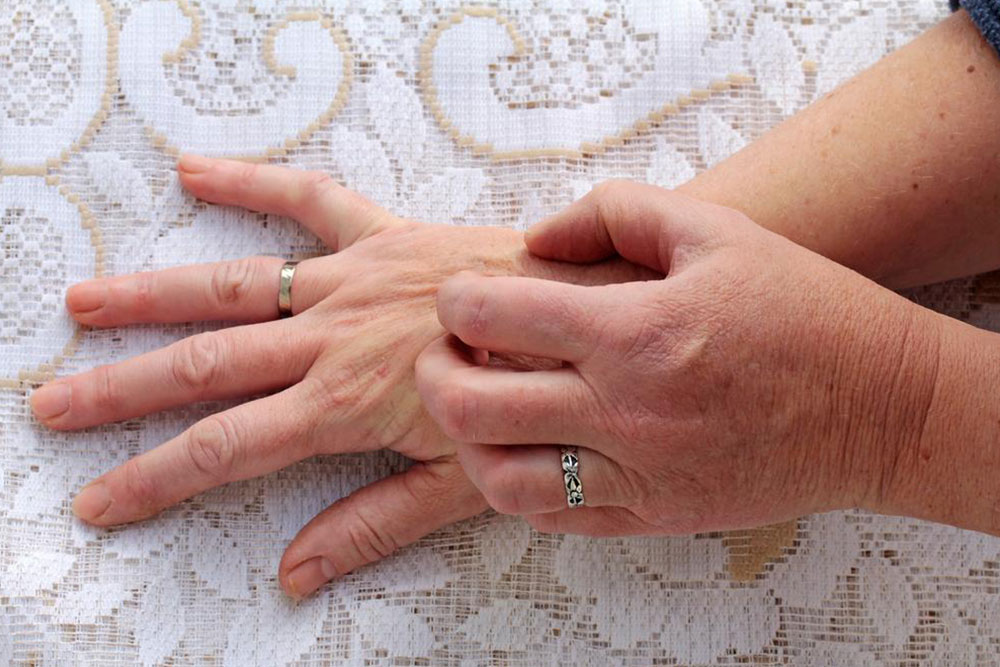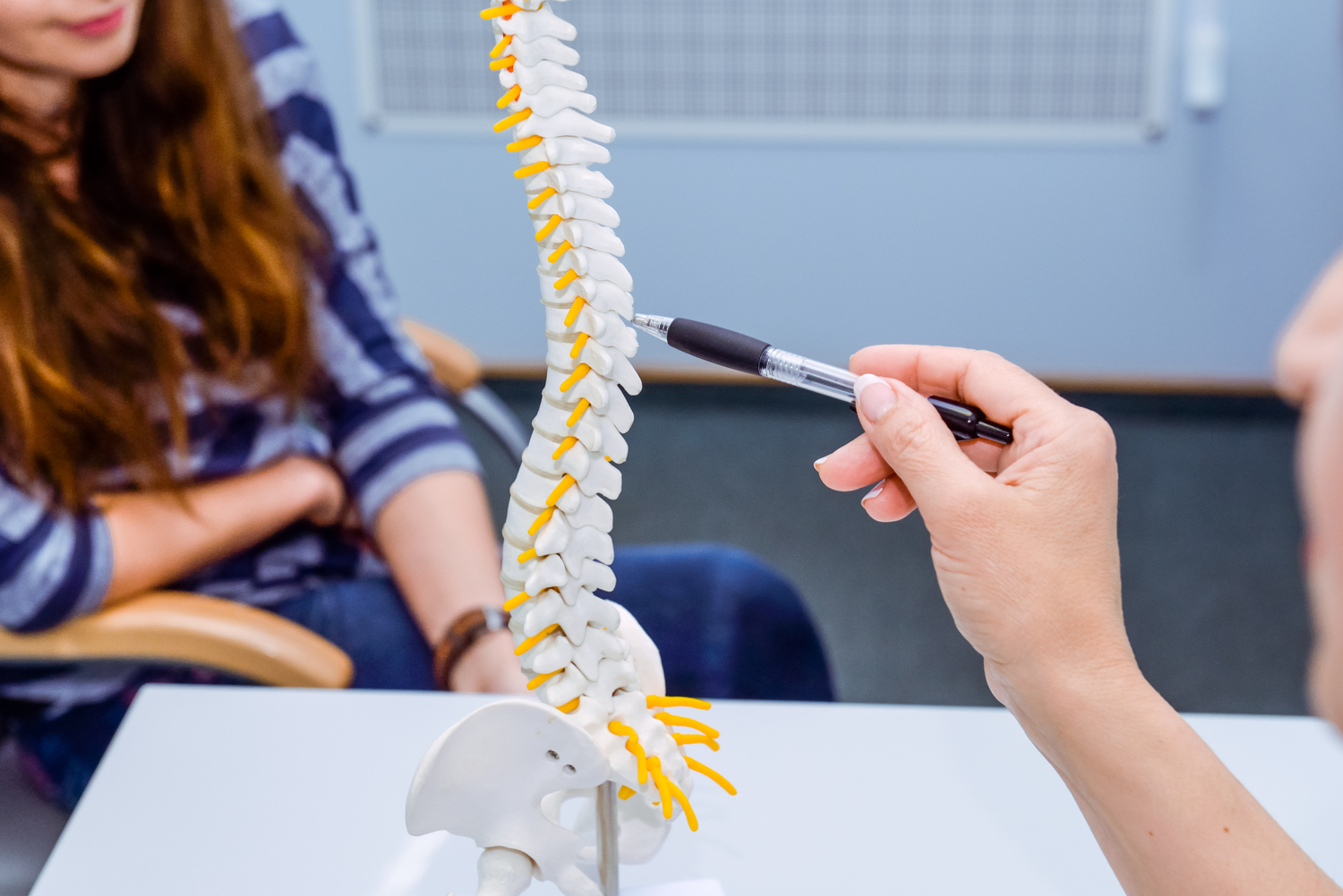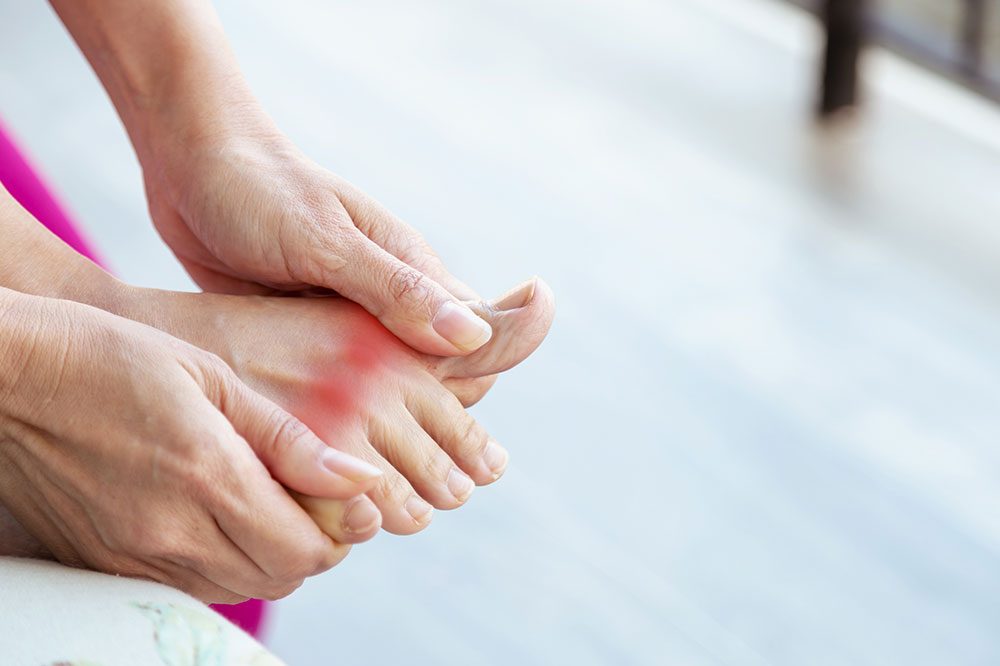Effective Strategies for Managing Tick-Borne Diseases
Learn effective methods to identify, treat, and prevent tick-borne illnesses. This guide covers symptoms, proper tick removal techniques, and safety tips to reduce infection risks after tick bites. Early action and medical consultation are key to avoiding serious health complications from these diseases.
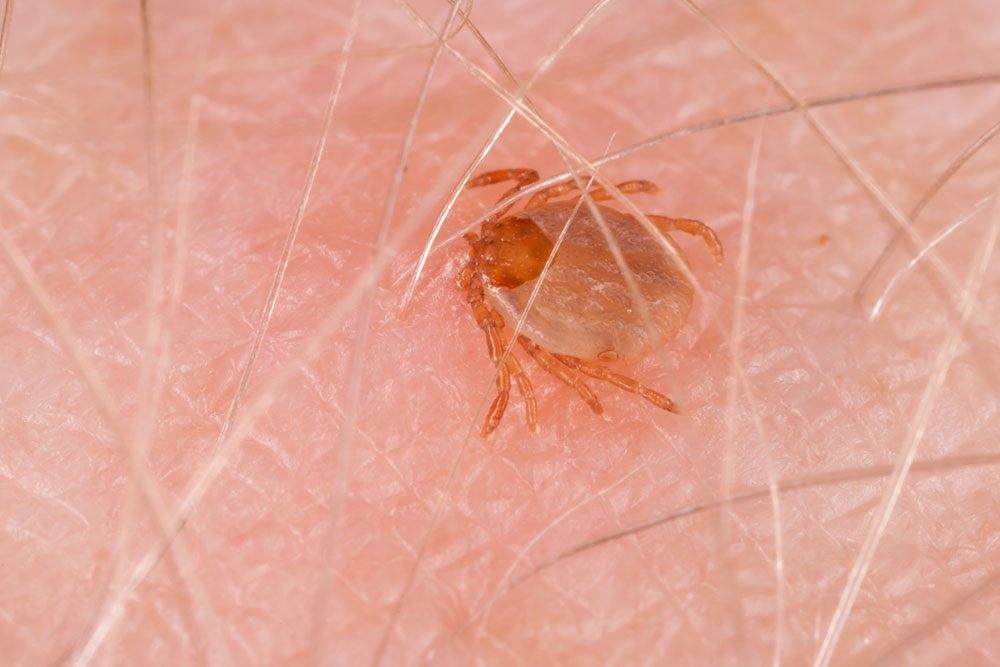
Strategies for Addressing Tick-Related Illnesses
Ticks are tiny, blood-sucking arachnids known for transmitting multiple diseases to humans. Their saliva or secretions can carry pathogens that lead to various illnesses. In many regions, diseases such as Lyme disease, Ehrlichiosis, Babesiosis, Tularemia, Rocky Mountain spotted fever, and Colorado tick fever are prevalent. If bitten by a tick, a rash may appear, but sometimes symptoms resemble flu. Prompt medical attention is essential for proper diagnosis and treatment to prevent complications.
Ticks are often so small that bites can go unnoticed until symptoms develop. Some individuals experience flu-like symptoms without a visible rash, signaling potential infection.
Signs and Symptoms of Tick-Borne Diseases
Fever and chills
Headaches and muscle aches
Numbness or paralysis
Neck stiffness
Joint pain and swelling
Rashes (varying by disease)
Nausea and vomiting
Swollen lymph nodes
Breathlessness
Seek medical advice if symptoms such as persistent fever, paralysis, or rash occur, especially in immunocompromised or pregnant individuals.
Unable to remove the tick completely or if remnants remain lodged in the skin.
Presence of symptoms like fever, headache, or rash following a tick bite.
Individuals with weakened immune systems should consult a healthcare provider after bites.
Pregnant women should seek medical guidance before any treatment after a tick bite.
Management of Tick-Borne Infections
Choosing the right treatment depends on the specific pathogen transmitted. Proper removal of a tick is crucial and involves the following steps:
Remove the tick immediately using tweezers or a specialized tool.
Grip the tick near its mouthparts and pull steadily straight out.
Inspect to ensure all parts are fully extracted; remove any remaining mouthparts.
Avoid twisting or squeezing the tick during removal.
Do not handle the tick with bare hands—use gloves or tools.
Refrain from using substances like nail polish or heat to detach the tick, as this may cause regurgitation.
Place the removed tick in a container to show to your healthcare provider for identification.
Cleanse the bite site with soap and warm water, then disinfect with alcohol.
Even if symptoms subside, consulting a healthcare professional is advisable. Showing the tick to the doctor can aid in accurate diagnosis. Doctors might prescribe antibiotics or topical treatments to prevent infection.
Prevention Tips for Tick-Related Illnesses
Wear protective clothing—long sleeves and pants—when in grassy or wooded areas.
Stick to cleared trails when hiking.
Shower and check your body thoroughly after outdoor activities.
Apply tick repellents containing at least 20% DEET.
Inspect common tick attachment sites like behind ears, underarms, knees, and between legs.
Remember, ticks usually need over 24 hours to transmit a disease after biting. Early detection and removal significantly reduce the risk of illness and rash development.
Note:
The information provided aims to educate readers on tick-borne diseases and prevention. It should not replace professional medical advice. For accurate diagnosis and treatment, consult healthcare providers. The website is not responsible for data inaccuracies or unlisted treatments, and viewers should seek customized medical guidance.

